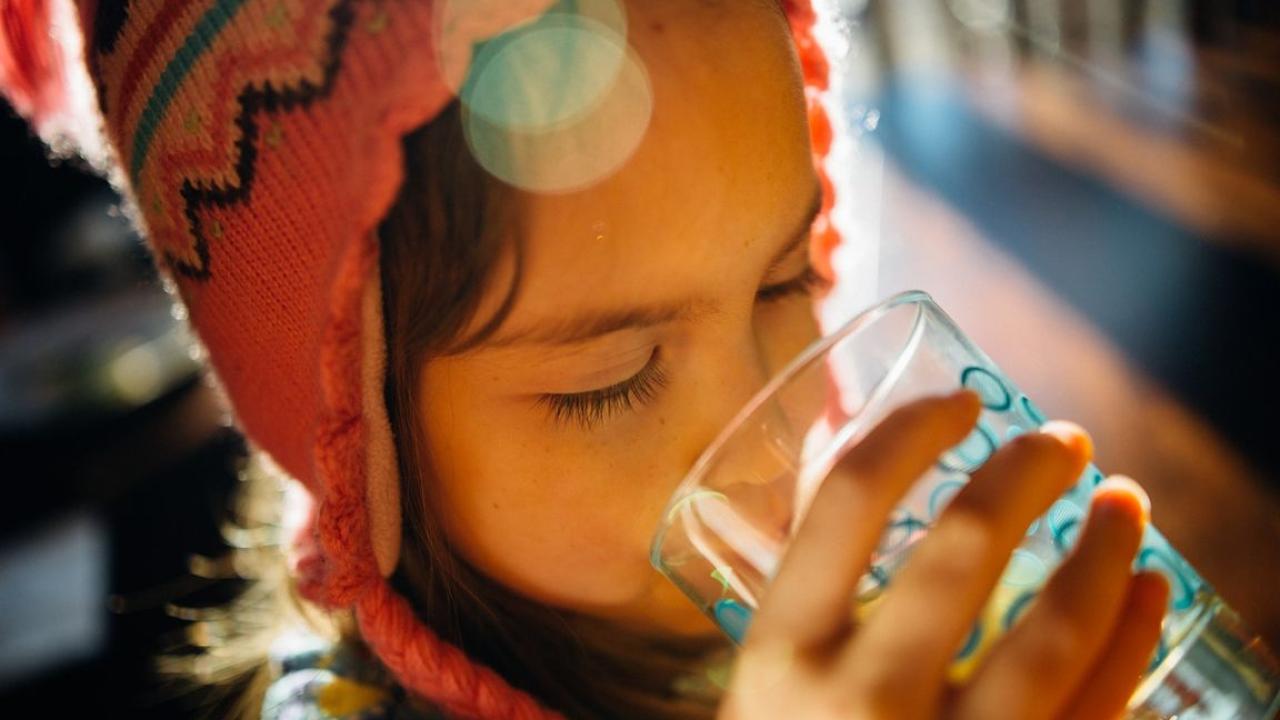Researchers at UCLA and Northwestern University have developed a simple way to break down synthetic per- and polyfluoroalkyl substances (PFAS), which have been linked to cancer and other diseases.
Current research suggests PFAS can last for thousands of years, contaminating nearly every source of water across the world, including rain water. Due to the nearly unbreakable carbon-fluorine bond found in these substances, it is extremely difficult to eradicate them from our water supplies. However, researchers found a way to remove almost a dozen types of these nearly indestructible “forever chemicals” at relatively low temperatures with no harmful byproducts, this creating more sources of safe drinking water.
In the paper published in the journal Science, chemists demonstrated that by heating water to a range of 176 to 248 degrees Fahrenheit and adding common, inexpensive solvents and reagents, these sturdy molecular bonds were easily severed in PFAS. This process occurs through a chemical reaction that “gradually nibbles away at the molecule” until it is gone, said UCLA distinguished research professor and co-corresponding author Kendall Houk.
The researchers believe their method will work for most PFAS that contain carboxylic acids and hope it will help identify ways to dismantle other types of PFAS. They hope these encouraging results will lead to further research that tests methods for eradicating the thousands of other types of PFAS.
Read more about this discovery at UCLA Newsroom.
Study Authors:
Brittany Trang, Department of Chemistry, Northwestern University
Yuli Li, Department of Chemistry, School of Science, Tianjin University
Xiao-Song Xue, Key Laboratory of Organofluorine Chemistry, Shanghai Institute of Organic Chemistry, University of Chinese Academy of Sciences
Mohamed Ateia, Department of Chemistry, Northwestern University
Kendall Houk, Department of Chemistry and Biochemistry, University of California, Los Angeles
William R. Dichtel, Department of Chemistry, Northwestern University
Image Source: Unsplash/Johnny McClung





